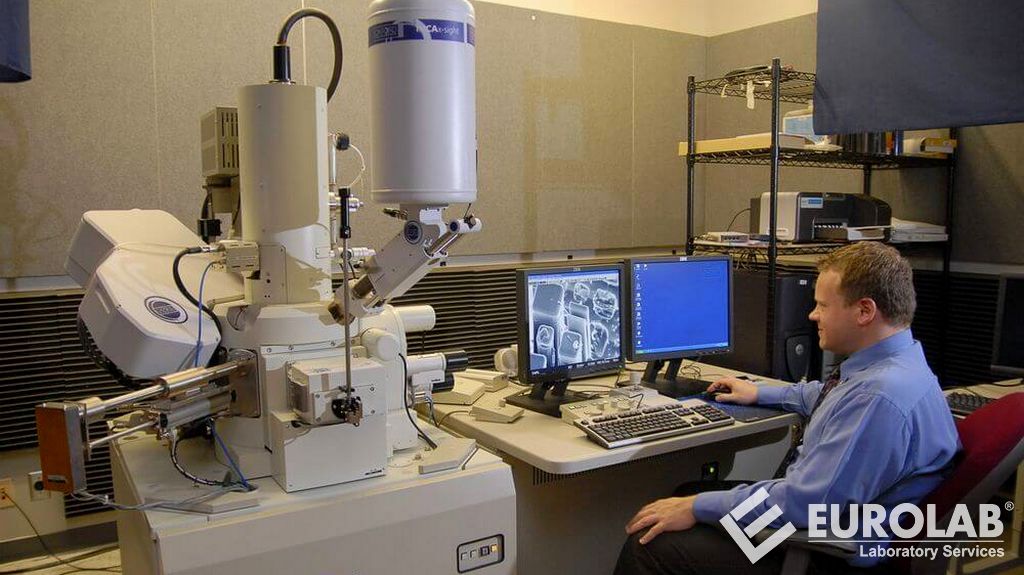


The transmission electron microscope is a very powerful tool for materials science. A high-energy electron beam passes through a very thin sample and the interactions between electrons and atoms are used to observe properties such as crystal structure and properties such as dislocations and grain boundaries in the structure. Chemical analyzes can also be done with this method.

TEM transmission electron microscopy analysis The method is used to study the growth of layers, their composition, and defects in semiconductors. High resolution is used to analyze the quality, shape, size and density of materials.
TEM transmission electron microscopy analysis works on the same basic principles as light microscopy, but uses electrons instead of light. Because the wavelength of electrons is much smaller than the wavelength of light, the optimal resolution achieved for these analysis images is an order of magnitude better than that of a light microscope. Thus, this method of analysis can reveal the tiniest details of the internal structure, in some cases as small as individual atoms.
During the imaging process, the electron beam from the electron gun is focused into a small, thin, coherent beam using a condenser lens. This beam is confined by the condenser aperture, which excludes high-angle electrons. The beam then hits the sample and transmits fragments depending on the thickness and electron transparency of the sample. This transmitted portion is focused by the objective lens onto an image on a phosphor screen or a charge-connected device camera. Optional lens apertures are used to increase contrast by blocking high-angle diffraction electrons. The image is then fully enlarged. The image hits the phosphor screen and light is produced, allowing the user to see the image. Darker areas of the image represent areas of the sample where less electrons are transmitted, while lighter areas of the image represent areas of the sample where more electrons are transmitted.
A test sample must be thin enough to transmit enough electrons to form an image with minimal energy loss. Therefore, sample preparation is an important aspect of the TEM analysis process.
Our organization also provides TEM transmission electron microscope analysis services with its trained and expert staff and advanced technological equipment, among the numerous test, measurement, analysis and evaluation studies it provides for businesses in various sectors.
